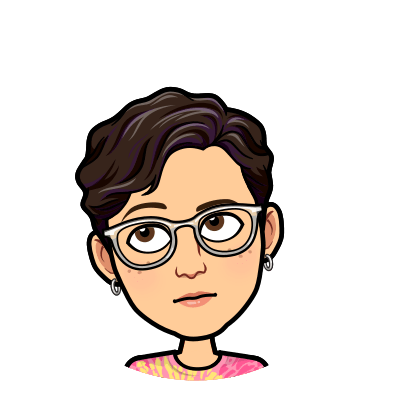Hello!
Welcome to another Scimatics blog post! It’s been a while since I posted. Missed me?
This unit was about light (for Science) and the Pythagorean Theorem (for Math). The theme for this project was especially interesting though: Star Wars!
Every year, PLP host a Winter Exhibition, which shows off the work that the students have done to the general public. The theme this year was Star Wars, (hooray!) since the new addition to the saga, The Rise of Skywalker, came out recently. I was really excited about this theme, since the Star Wars movies are some of my favourites!
Anyways. Back to the project.
This project involved building a model of a Star Wars spaceship out of cardboard, with a Right Angle Triangle-shaped laser path on top. It sounds complicated, but it really isn’t.
We had 6 Milestones (including this blog post) to demonstrate these competencies. I’m not going to list every single one, because that would take way too long and Mr Gross would click out of this post before I even got to how I demonstrated my Curricular Competencies. So, let’s keep this relatively simple.
My group (Simon, Sophia, and I) decided to build Luke Skywalker’s X-Wing Starfighter. We made it out of cardboard and spray painted it. I thought it looked pretty cool, with the dry ice and laser beams (and the little R2-D2: my favourite part!), but you can decide for yourself.
The lighting in the room wasn’t great for photos, but it still looks cool. We even managed to capture the dirt and scratches from all of Luke’s different adventures.
Now for the important (if somewhat less interesting) part.
As usual, during this project we had a Big Idea to think about as we chopped up cardboard and fiddled around with mirrors to try to get our lasers to go where we wanted them. The Big Idea was:
“Light energy can be transported as both a particle and a wave.”
We also had a driving question to consider:
“How are the side-lengths of right angle triangles related to each other?”
We also worked on 3 Curricular Competencies that we were being evaluated on:
- Communicating and Representing
- Applying and Innovating
- Questioning and Predicting
Here’s how I demonstrated these competencies:
Communicating and Representing: Represent mathematical ideas in concrete, pictorial, and symbolic forms.
I think that I demonstrated this competency pretty well. The lasers formed a perfect triangle, and the sides were clearly labelled on the poster. We left the hypotenuse for the exhibition attendees to figure out, but we had done the math beforehand as well.
Here is that poster:
Applying and Innovating: Cooperatively design projects.
This competency could probably use some work. Our laser triangle was set up well, with the last laser shooting out of the gun to seem like its n the middle of a battle, and the calculations were precise, but I felt like I was the only one working for a lot of the project. Maybe I should have tried harder to be inclusive and to let my teammates have a turn. I will have to work on this in future group projects.
Here are the plans for the the X-Wing so you can see what the laser path looked like:
Questioning and Predicting: Demonstrate a sustained intellectual curiosity about a scientific topic or a problem of personal interest.
I used my class time pretty well. I was focused on the project and only used my iPad for reference in terms of measurements and how to spray paint an X-Wing. Sometimes when I got overwhelmed, I would take short breaks to read, and then got right back on task again.
Overall, this project went pretty well, in my opinion. The final product turned out good, and I learned a lot about light and the Pythagorean theorem along the way.
Well, that’s it for me! See you in my next post!
Cheers,
Evelyn 👩🏽🦱







Leave a Reply